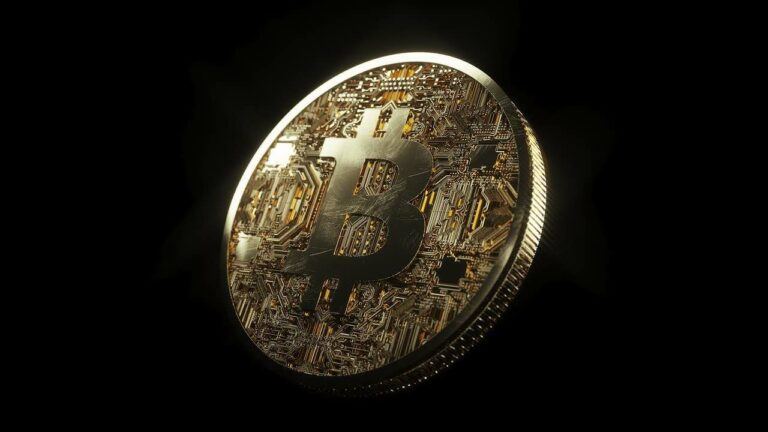On Sunday (September 27), popular macroeconomist and crypto analyst Alex Krüger (@krugermacro on Twitter) explained why pseudonymous analyst “PlanB” (@100trillionUSD on Twitter) is wrong in using the stock-to-flow (SF) ratio valuation model for predicting the price of Bitcoin.
In a Medium blog post published on 19 March 2019, PlanB talked about scarcity in terms of the stock-to-flow (SF) ratio — where stock is “the size of the existing stockpiles or reserves” and flow is “the yearly production” — and used this to model Bitcoin’s value.
He wrote:
“The predicted market value for bitcoin after May 2020 halving is $1trn, which translates in a bitcoin price of $55,000. That is quite spectacular. I guess time will tell and we will probably know one or two years after the halving, in 2020 or 2021.
“People ask me where all the money needed for $1trn bitcoin market value would come from? My answer: silver, gold, countries with negative interest rate (Europe, Japan, US soon), countries with predatory governments (Venezuela, China, Iran, Turkey etc), billionaires and millionaires hedging against quantitative easing (QE), and institutional investors discovering the best performing asset of last 10 yrs.”
He went on to say:
“A statistically significant relationship between stock-to-flow and market value exists. The likelihood that the relationship between stock-to-flow and market value is caused by chance is close to zero.”
Since PlanB adopted the S2F model for Bitcoin, this valuation model has become highly popular in the crypto community. Its popularity is probably due to a combination of the simplicity of the basic idea behind it (i.e. that “that scarcity, as measured by SF, directly drives value”), PlanB’s colorful charts, and the very bullish price predictions for Bitcoin one can make using this model.
Krüger has long been a critic of using the S2F model to predict the price of Bitcoin. This is what he said about the S2F model on July 31:
Then, earlier today, Krüger decided to create a new Twitter thread to explain why the S2F cannot be used to predict the price of Bitcoin:
- “An increasing stock to flow ratio leads to lower volatility. That is all it does. Nothing else. It is nonsensical to think that bitcoin S2F, a number that goes down programmatically, and everybody knows what it will be at any point in time, can be used to predict price.”
- “The predictive power of the S2F model depends entirely in the presence of cointegration. If cointegration exists, model works. Cointegration can only exist between random variables. But Bitcoin supply is NOT random => S2F not random => no cointegration.”
Krüger is not the only one who is highly skeptical of the S2F valuation model for Bitcoin.
On June 30, Nico Cordeiro, the Chief Investment Officer at digital asset management firm Strix Leviathan, published a blog post in which he argued that Bitcoin’s S2F model is “fatally flawed.”
Cordeiro says that he has identified several problems with the “theoretical proposition” and “empirical foundation” of PlanB’s paper:
“From a theoretical foundation, the model is based on the rather strong assertion that the USD market capitalization of a monetary good (e.g. gold and silver) is derived directly from their rate of new supply. No evidence or research is provided to support this idea, other than the singular data points selected to chart gold and silver’s market capitalization against Bitcoin’s trajectory.
“The second is the naïve application of a linear regression that results in a high probability of a researcher finding spurious results. “Good” statistical results, such as a high R-square, do not constitute a meaningful finding. It is common for researchers to underestimate how often such techniques lead to spurious results. Particularly in this situation where there is a large degree of freedom in which a lot of random data can be fit to a specific outcome.”
He goes on to say:
“Upon deeper reflection, few would take seriously the idea that gold’s USD price is a function of its own supply rate and therefore so is Bitcoin’s. Yet the supposed mathematical precision presented in the paper has resulted in the SF model continuing to be heavily promoted in both retail and professional investment channels.
“Investors should be highly skeptical of this model even if they believe Bitcoin is digital gold. The SF paper is not proper empirical analysis, but more akin to a marketing piece in which the author is trying to convince readers that Bitcoin is going to be worth a lot more tomorrow. This may or may not turn out true, but it has little to do with Bitcoin’s supply schedule.”
Featured Image by “SnapLaunch” via Pixabay.com
The views and opinions expressed by the author are for informational purposes only and do not constitute financial, investment, or other advice.









